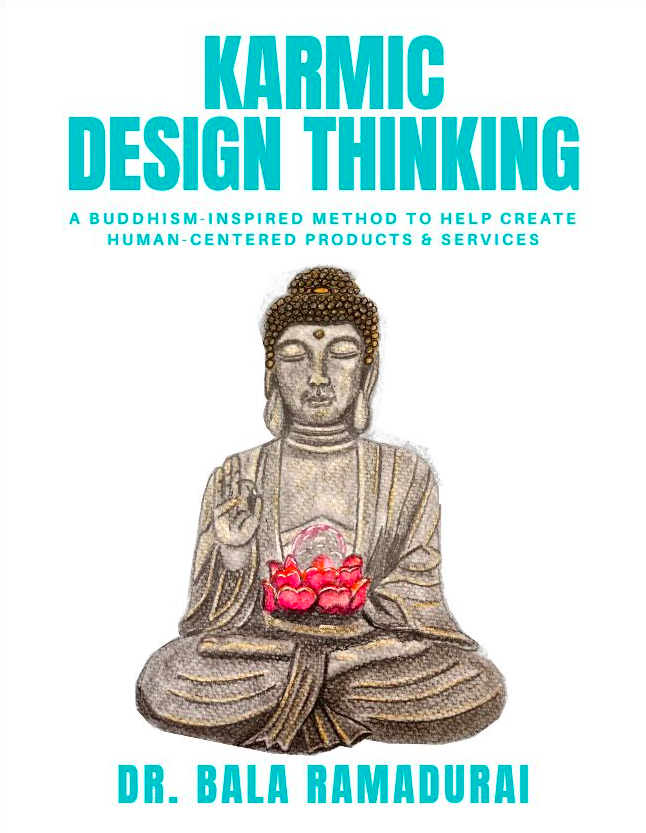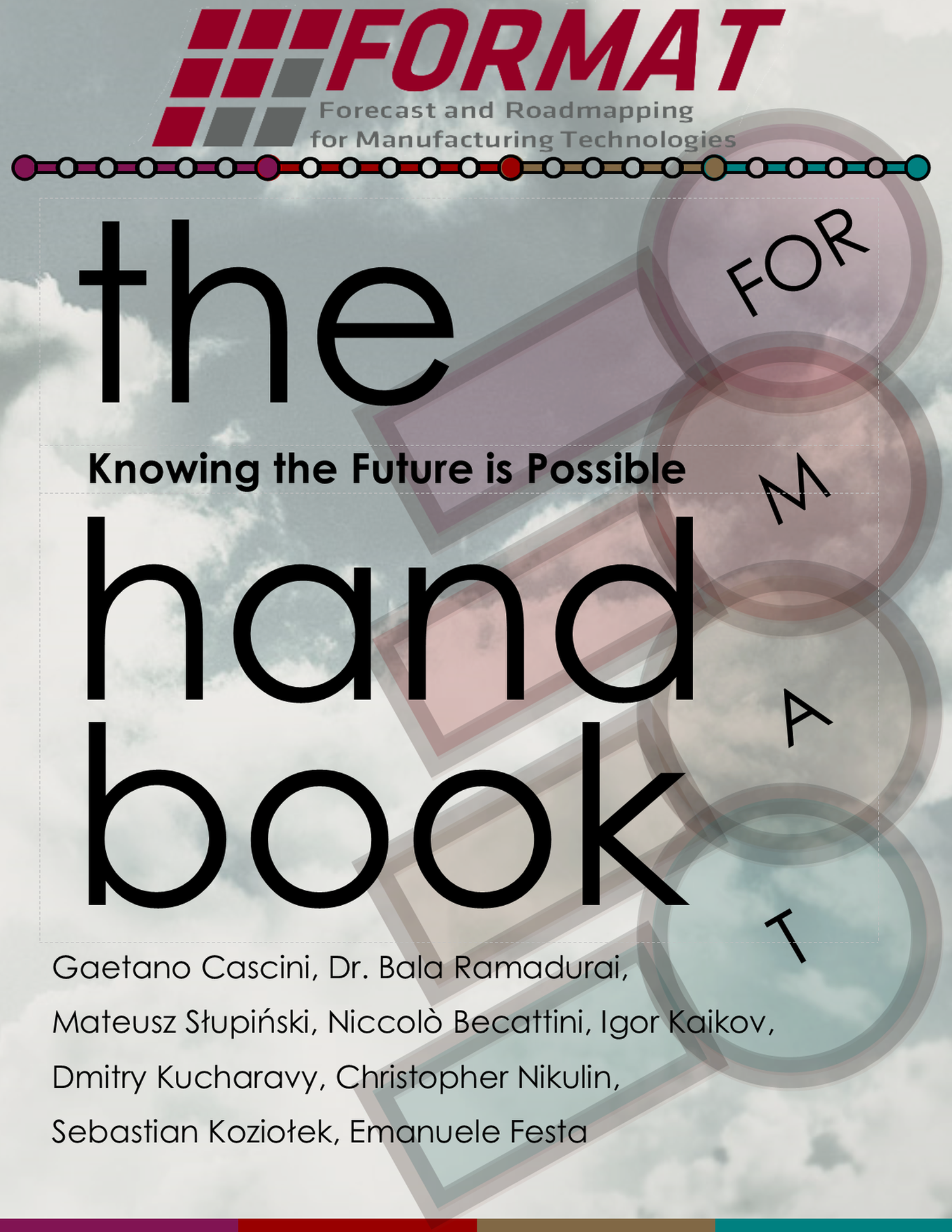2011-11-04
I hit upon a key insight when I replied to a mail after a recent community session. The session was on how to attain high productivity in life and work. This is the link I got from Venkat about an article on how one never runs short of time, if one has the purpose figured out. In there was an anecdote from “Zen and the art of motorcycle maintenance”.
“Eventually, I came across a thought from ‘Zen and the Art of Motorcycle Maintenance’. In the story, Pirsig, a young man, goes mountain-climbing with some elderly monks. He struggles throughout, and eventually gives up, while the monks easily continue to the peak. What is apparent is that Pirsig, focussed as he is on the peak, is overwhelmed by the climb, and continues to lose his desire and strength with every step. The monks, on the other hand, used the peak only as a guide to mark the direction of their climb; they were more focused on the journey and its enjoyment, and made it to the top with ease.” This is from the essay given in the link above.
Of course, the message is about “being in the moment” than lost in worry. Now, I thought about how else could Pirsig have made his journey better. Bing! Then it dawned on me that all Pirsig had to was to visualize himself standing on the peak. Or better still, carried a picture of the peak (Printed off the internet using Google Street View or from the myriads of pictures that enthusiastic tourists upload :)). The key is to move the concern from the prefrontal cortex (PFC) to the visual cortex of the brain. So how does that help? PFC is the last evolved portion of the human brain and hence is very low in energy efficiency. Any thoughts in this portion of the brain can be a drag on the brain’s resources. Visual cortex, however, has it all figured out and can handle any number of images. Once, the thought/concern moves to the visual cortex, PFC is free to enjoy the present moment.
What to do when a concern/worry hits you:
1. write it down on a piece of paper
2. Close your eyes and imagine yourself having completely solved the problem
3. open your eyes and focus on what to do to alleviate the worry
In TRIZ toolkit, ideal final result (IFR) is about imagining a future where there is only good stuff or benefits. Now, one can add a visual to this IFR and get down to solving problems which are preventing one from getting to an IFR.







